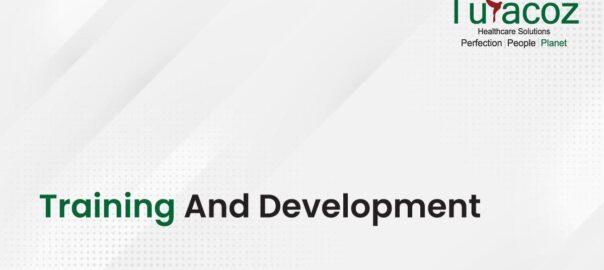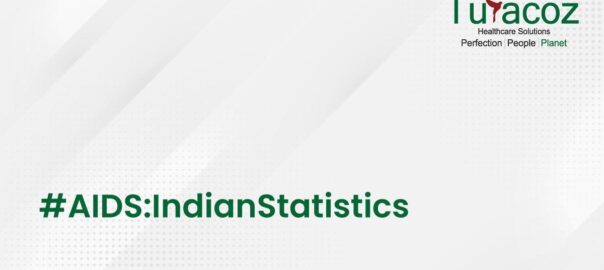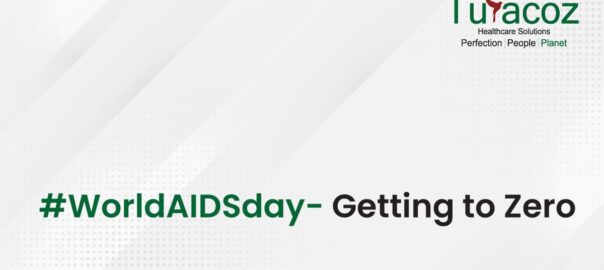“Anyone who stops learning is old, whether at twenty or eighty. Anyone who keeps learning stays young. The greatest thing in life is to keep your mind young.” – Henry Ford
The most important aspect of our lives and our work is “continuous learning”. Nobody in the world can stop a person who has willingness to learn more and more. Be it school, college, office, or our personal life, everything is based on learning new things every day. However, learning becomes an easy task if there is someone to guide you and to train you.
And there comes the importance of TRAINING AND DEVELOPMENT!
Training is defined as a learning process in which a person acquires knowledge and appropriate skills to excel in a particular role. This process helps in the development of an individual and thus, plays an important role in improving the status of an organization, society, as well as a country. However, it is a short-term process and is specific to a particular job/role/skill. On the other hand, development is a long-term process that helps to improve the overall dimensions of an individual, and makes him better equipped to handle any sort of situations.
The important thing is not only training, but the timing and type of training. Imagine a twelve class student being trained on the basic concepts of physics which he had already learnt in class nine, or a training imparted on waste management to the student of economics. Such kind of trainings would just be a waste of time, resources, as well as money. Thus, the most significant aspect of training is the correct type of training to the right people at the most appropriate time.
Usually when we talk about training and development, what comes to our mind is the “human resource development”, i.e. training and development programs that are conducted in an organization for enhancement of the skills of its employees.
So let’s see why do we need training and development in an organization?
- To enrich the employees with latest technology and knowledge.
- To match employee specifications with the job requirements.
- To improve or enhance the skill-set of employees.
- For personal development of the employees.
- To improve the quality of work and minimize the wastage of resources.
There are different types of trainings that are conducted based on the requirements of the employees as well as the organization. So let’s look at the various types of training?
- Induction training: To make the new employees familiar with the procedures, code of conduct, policies, and work profile of an organization.
- Job training: To improve the knowledge and skills of an employee for his designated job.
- Refresher training: To incorporate the latest developments, and upgrade the skills of the employee.
- Safety training: To minimize the accidents and ensure safe working in an organization.
- Promotional training: For training of the existing employee before his promotion.
- Remedial training: To overcome the shortcomings of the employees.
- Internship training: To provide practical knowledge to the students via combined efforts of the educational institutes and industries.
Usually, any training can be imparted via two methods:
- On-job training methods: Includes job rotation, coaching, job instructions, assignments, and internships.
- Off-job training methods: Includes lectures, conferences, seminars, case studies etc.
However, any training should not just be the dump of information. It should suit the requirements of the employees and serve their needs. We can say that training and development is effective only if it imparts new and necessary skills, is practical-oriented, and aligns the training needs with the goals of the organization
Some of the advantages of training and development are:
- Improved knowledge and skills at the level of organization
- Improved corporate image
- Organizational development
- Increased profits of the organization
- Increased morale of the employees
Nevertheless, there are certain challenges associated with the training and development process like:
- Difficulty in identifying the needs of the employees
- Individuals might be resistant to learn
- Expensive process
- Needs time and resources
- Equips staff to resign for better jobs
In a nutshell, we can say that training and development are very important in an organization for its continuous progress. Although it is a challenging and expensive process, training and development in the right direction can help the individuals/employees as well as organization in their growth, and thus, can prove to be a worthwhile investment.
As it is well said, “Leadership and learning are indispensable to each other.” – John F. Kennedy
Turacoz Healthcare Solutions as a socially responsible company spreads the word and awareness and looks forward to collaboration or associations with other agencies/companies with similar goals and aspirations. We have a skilled and competent team of medical writers, clinicians, researchers and biostatisticians. Our clients include major pharmaceutical companies, hospitals and healthcare professionals. Our experience has been in supporting publications, creating regulatory documents, conducting observational studies, designing and creating for print and digital marketing as well as customizing sessions on medical writing.




